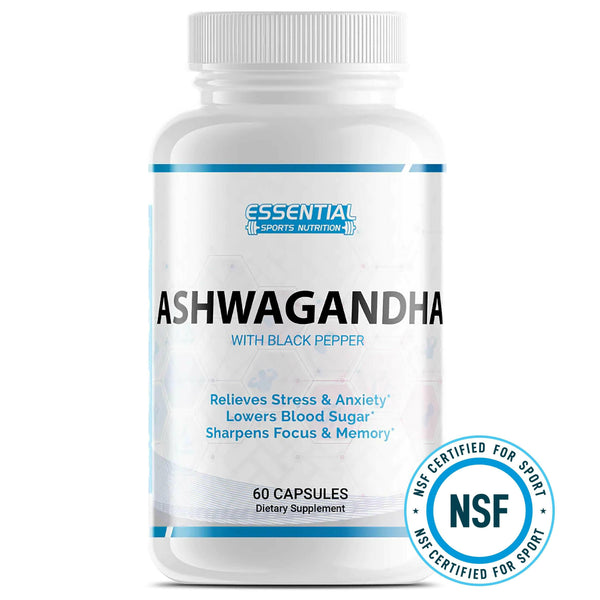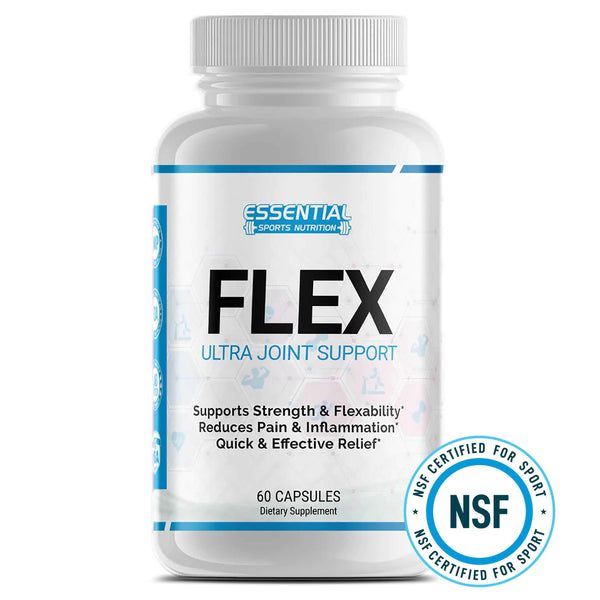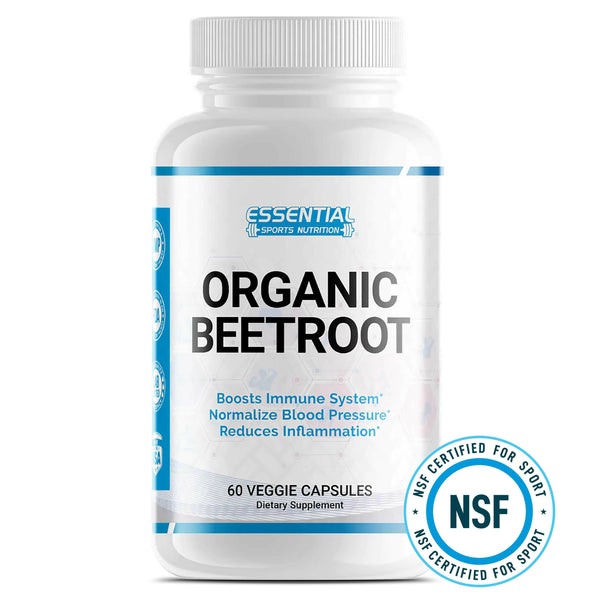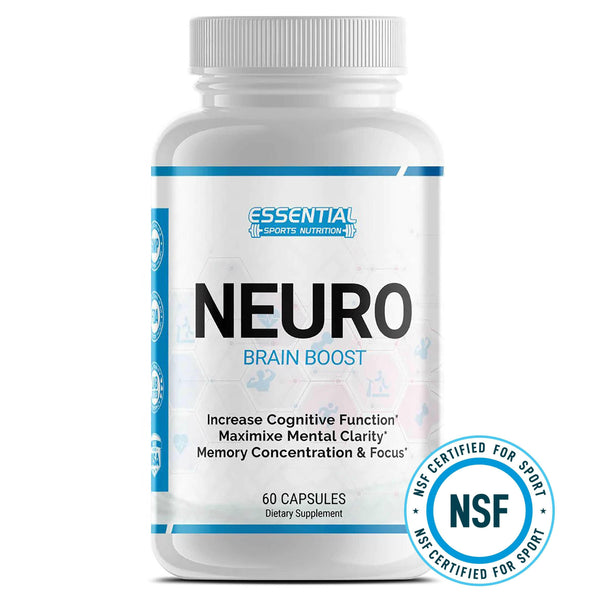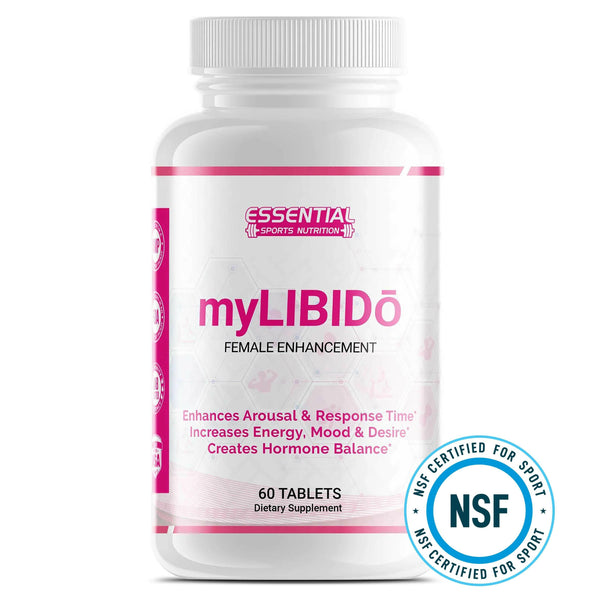Understanding Nutritional Differences and Health Benefits of Sea Moss vs. Seaweed
Many people struggle to understand the nutritional benefits of different marine foods. You might be curious about sea moss and seaweed but aren't sure how they differ or which one might be better for your health.
Choosing between them can feel confusing.
Sea moss, also known as Irish moss, is a specific type of red algae found largely on the Atlantic coasts of Europe and North America. Seaweed, on the other hand, covers numerous species of marine plants and algae.
This blog will help you understand the differences between sea moss vs seaweed. We'll compare their nutrients, health benefits, culinary uses, and environmental impact. Keep reading to find out what makes each unique!

Key Takeaways
- Sea moss, also called Irish moss, is a type of red algae found on the Atlantic coasts. It contains 15 grams of protein and 23 grams of carbohydrates per two tablespoons.
- Seaweed includes many species like kelp and nori. It's rich in iodine, helping with thyroid function, and offers vitamins A and C.
- Both sea moss and seaweed are high in minerals like calcium and potassium. Sea moss has more sulfur, aiding skin health.
- Culinary uses differ: sea moss thickens smoothies while seaweed adds flavor to sushi rolls or soups.
- Harvesting practices impact sustainability. Pool-grown sea moss reduces overharvesting risks; seaweed farming improves water quality by absorbing excess nutrients.
Defining Sea Moss and Seaweed

Sea moss and seaweed are both types of marine algae. These aquatic plants provide many essential nutrients and have various health benefits for those who consume them.
Types of Sea Moss
Sea moss, also known as Irish Moss or Jamaican Moss, grows along the Atlantic coasts and in warmer waters. Here are different types of sea moss:
-
Chondrus Crispus
- Often called Irish Moss.
- Grows in the cold waters of the North Atlantic.
- Contains carrageenan, used for its thickening properties.
-
Gracilaria
- Commonly found in warmer waters like the Caribbean.
- Rich in nutrients such as iron and magnesium.
- Known for its gelatinous texture when boiled.
-
Eucheuma Cottonii
- Also known as Elkhorn Sea Moss.
- Widely farmed in Southeast Asia.
- Used to produce iota carrageenan, which is a food thickener.
-
Kappaphycus Alvarezii
- Grows abundantly in tropical climates.
- Main source of kappa carrageenan, another food additive.
- Harvesting helps sustain local economies.
-
Gigartina Skottsbergii
- Found Mainly off the coast of Chile and Argentina
- Used in Anti-aging skincare products due to high nutrient content.
- These types demonstrate sea moss' diversity and versatile uses.
Types of Seaweed

Seaweed, or macroalgae, comes in three main groups: brown, green, and red. Each group has unique types with different uses and benefits.
-
Brown Algae (Phaeophyceae)
- Kelp: Rich in iodine. Used in soups and salads.
- Bladderwrack: Often used for thyroid health.
- Arame: Thin strands used in Japanese cuisine.
- Kombu: Common in miso soup; high in nutrients.
- Sugar Kelp: Sweet taste; often found in snacks.
- Wakame: Popular in sushi rolls and seaweed salad.
-
Green Algae (Chlorophyta)
- Sea Lettuce: Mild flavor; great for salads.
- Dulse: High in protein and dietary fiber.
- Chlorella: Known for its detoxifying properties.
- Gutweed: Boosts digestive health due to high fiber content.
- Sea Grapes: Contains omega-3 fatty acids; crunchy texture.
-
Red Algae (Rhodophyta)
- Irish Sea Moss (Carrageen Moss): Used as a health supplement; supports gut bacteria.
- Nori: Often used to wrap sushi rolls; rich in vitamins.
- Dulse (Palmaria Palmata): Edible seaweed with a smoky flavor; high nutritional value.
- Eucheuma: Processed into agar and carrageenan for food products.
- Guso and Ogonori: Found commonly along shores; nutrient-dense staples.
Understanding these types helps compare their nutritional profiles next.
Nutritional Profiles of Seaweed and Sea Moss

Sea moss and seaweed are both nutritious, but they have different nutrient profiles. Sea moss contains more sulfur, which can help with skin health.
Key nutrients in Sea Moss
Sea Moss provides numerous key nutrients. Two tablespoons of Chondrus crispus sea moss contain 5 calories, 15 grams of protein, and 23 grams of carbohydrates. It also offers essential minerals like calcium (2 mg), potassium (3 mg), and magnesium (4 mg).
This makes it a good dietary supplement for anyone seeking more minerals.
High in iodine content with 47 mg per gram, Sea Moss aids thyroid function. It delivers 92 out of the 102 minerals required by the human body. As a result, nutritionists often recommend it for its nutrient density.
Sea Moss is a powerhouse of nutrients, says registered dietitian nutritionist Jane Doe.
Key nutrients in Seaweed
Seaweed provides many important nutrients. It is a great source of iodine, which helps with thyroid function. Seaweed also contains fiber, aiding digestion and promoting gut health.
Many types of seaweed are high in calcium, sodium, and potassium. These minerals support bone health and muscle function. Spirulina, a type of blue-green algae often mistaken for seaweed, stands out because it has more protein and iron than sea moss.
Red seaweeds like laverbread provide essential vitamins such as A and C.
Including seaweed in your diet can enhance nutrient intake. Eating kelps or rockweeds can help maintain cardiovascular health due to their prebiotic properties. Seaweed's selenium content supports immune system functions while its taurine aids metabolic processes.
Health Benefits Comparison

Sea moss and seaweed both offer unique health benefits. Sea moss supports gut health due to its high prebiotic content, while seaweed is rich in iodine, aiding thyroid function.
Benefits of Sea Moss
Sea moss contains natural antimicrobial and antiviral compounds. These help to fight infections. It supports heart health due to its omega-3 content, which can reduce the risk of cardiovascular disease.
The prebiotics found in sea moss boost immune function by promoting healthy gut bacteria.
The high sulfur content in sea moss is great for skin health and can combat acne. Rich in essential vitamins and minerals, it aids muscle recovery with taurine and magnesium. This makes it an excellent addition to diets focused on overall well-being or specific issues like iodine deficiency or weight management.
Benefits of Seaweed
Seaweed is rich in vitamins, minerals, and antioxidants. It improves digestion and reduces inflammation. Seaweed contains iodine, which helps treat thyroid disorders. The high fiber content in seaweed supports healthy digestion and can ease symptoms of diarrhea.
Eating seaweed boosts the immune system due to its abundance of nutrients. It also promotes heart health by lowering cholesterol levels. Its anti-inflammatory properties aid those with arthritis or muscle pain.
Using seaweed as a health supplement makes it an excellent choice for overall wellness.
Culinary Uses

Sea moss and seaweed both enrich various dishes with unique flavors. Sea moss is often incorporated into smoothies, while seaweed adds a crispy texture to salads.
Using Sea Moss in Cuisine
Sea moss offers various culinary uses, adding unique flavors and textures to dishes. It is also packed with nutrients, making it a great addition to healthy food.
- Smoothies: Add sea moss gel to smoothies for an extra boost of nutrition and a creamy texture.
- Juices: Mix with fresh juices for added minerals and vitamins.
- Sauces: Use sea moss to thicken sauces, enhancing their nutritional content.
- Puddings: Create rich puddings using sea moss gel as a thickening agent.
- Capsules: Consume dried sea moss in capsule form as a health supplement.
- Gummies: Make homemade gummies using sea moss gel for a chewy snack packed with nutrients.
- Powders: Sprinkle sea moss powder on foods or mix it into drinks for an easy nutrient boost.
- Gels: Add sea moss gel to soups or stews as a natural thickener and nutrient enhancer.
Incorporating these options into your diet can help support overall health by providing essential nutrients found in sea mosses and other marine ecosystems' products.
Uses of Seaweed in Cuisine
Seaweed is a versatile ingredient in many cuisines. It adds unique flavors and health benefits to dishes.
- Sushi: Seaweed, like nori, wraps around rice and fish to make sushi rolls.
- Soups: Edible seaweeds like kelp enhance the flavor of broths and soups.
- Salads: Fresh seaweed can be mixed with other vegetables for nutritious salads.
- Snacks: Crispy seaweed snacks are popular for their taste and nutrition.
- Seasoning: Dried seaweed flakes can be sprinkled on dishes as a topping.
- Stews: Kelp and other seaweeds add depth to stews and casseroles.
- Smoothies: Blending seaweed into smoothies boosts nutritional value.
Environmental Impact

Harvesting sea moss can disrupt marine ecosystems if not managed carefully. On the other hand, seaweed farms often promote sustainable food systems by removing excess nutrients from the water.
Sustainability of Sea Moss Harvesting
Sea moss is considered a renewable resource. It does not rely on land or fresh water, which makes it sustainable. Sea moss farming causes no environmental damage and promotes sustainable food systems.
Pool-grown sea moss reduces the risk of overharvesting in natural habitats.
However, climate change poses challenges to sustainability. Rising temperatures and ocean acidification affect sea moss growth and health. More research on best practices and regulations is needed to ensure long-term sustainability.
These efforts will help preserve this valuable resource without harming marine ecosystems.
Sustainability of Seaweed Harvesting
Seaweed harvesting stands out as sustainable. Unlike traditional agriculture, it does not need fresh water, fertilizers, or pesticides. This lowers its environmental impact significantly.
Seaweed also helps improve water quality by absorbing excess nutrients. These qualities make seaweed an eco-friendly food source.
Farmers cultivate seaweed through aquaculture practices. They grow it in pools and oceans without harming ecosystems. Seaweed farms can even mitigate climate change by absorbing carbon dioxide from the atmosphere.
With these benefits, seaweed proves to be a valuable component of sustainable dietetics and agriculture.
Conclusion

Understanding the nutritional differences between sea moss and seaweed can guide your choices in health supplements. Sea moss, rich in protein and fiber, offers unique benefits like natural antimicrobial compounds.
Meanwhile, seaweed provides abundant vitamins, minerals, and antioxidants that support overall well-being. Both are sustainable options with low environmental impact, making them excellent choices for eco-conscious individuals.
Explore more about these aquatic plants to boost your diet effectively!
Comparing Seaweed and Sea Moss FAQs
1. What are the main nutritional differences between sea moss and seaweed?
Sea moss is rich in soluble fiber, carrageenan, and various minerals. Seaweed offers a broader range of vitamins, probiotics, and antioxidants.
2. How do sustainable practices affect the quality of sea moss and seaweed?
Sustainable practices ensure that both pool-grown sea moss and wild-harvested seaweed maintain high nutrient levels while supporting environmental health through biogeochemical cycling.
3. Can I use both sea moss and seaweed as health supplements?
Yes, you can use both as health supplements. Sea moss is often added to smoothies for its mineral content, while seaweed can be found in yogurts or salads for its probiotic benefits.
4. Are there any specific conditions for choosing sea moss over spinach or other greens?
People experiencing weakness might prefer carrageenan-rich foods like pool-grown sea moss due to its higher mineral content compared to spinach or other greens, which may lack certain nutrients found in marine plants.
5. What is the difference between sea moss and seaweed?
Sea moss refers specifically to certain types of red algae, particularly Chondrus crispus, which is commonly known as Irish moss. On the other hand, seaweed is a broader term that encompasses various species of macroalgae, including brown algae, green algae, and red algae. While sea moss is a type of seaweed, not all seaweed qualifies as sea moss.
6. How do sea moss's health benefits compare to seaweed's?
The health benefits of sea moss include supporting thyroid function due to its high iodine content, acting as an antioxidant, and providing essential minerals. Seaweed, depending on its type, can offer additional benefits such as promoting gut health, enhancing immunity, and supporting heart health. Both have numerous potential health benefits



